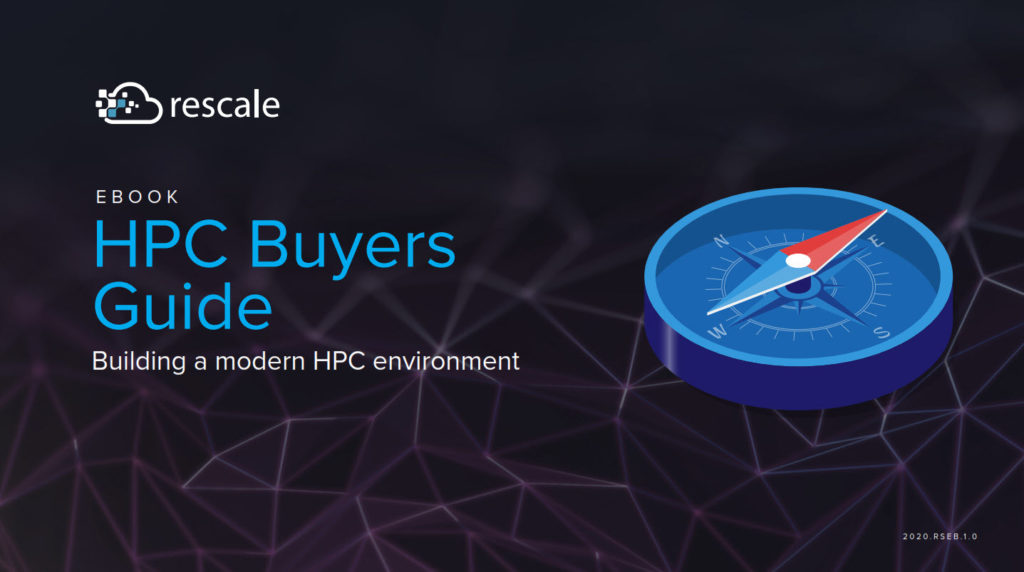
Bill Bryce from Univa
Bill Bryce writes that Univa Grid Engine is now available on the Amazon AWS Marketplace. As a leading distributed resource management system, Univa Grid engine powers enterprises in life sciences, oil and gas, and other sectors use it to manage workloads automatically and optimize shared resources for some of the largest clusters in the world, both on-premises or in the cloud.
It’s now easier than ever to spin-up fully functional Univa Grid Engine (UGE) clusters on AWS Marketplace using a 1-click installation process. Whether you’re deploying clusters just for testing or running large-scale simulations, the automated installation process makes installing a cluster easier than ever. Acknowledging the thousands of production deployments in enterprises of all sizes, and over 1,000 integrated applications, Univa Grid Engine supports the widest variety of distributed applications in fields like HPC, analytics, and machine learning / deep learning. By making scalable Grid Engine services available through AWS Marketplace, users can deploy clusters tailored to their specific application requirements. Users can select the appropriate Amazon Machine Images (AMIs) and amount of AWS Elastic Block Storage (EBS) depending on their requirements.
Unlike other cloud-based cluster solutions that deploy a full complement of nodes, the UGE service deploys with a single head-node and leverages built-in Navops Launch services (formerly Unicloud) to allow users to grow and shrink clusters with a single command. Clusters can also be configured to auto-scale based on workload demand using regular or spot instances. These features help maximize flexibility while keeping infrastructure costs to a minimum.
Depending on the AWS instance type and zone, Univa Grid Engine clusters deployed through the marketplace can easily scale to thousands of nodes supporting millions of jobs per day. Navops Launch functionality (pre-installed and configured on the marketplace deployed master node) enables “bring your own AMI” functionality allowing users to replicate on-premise environments in the cloud. This helps ensure application mobility and minimizes the chance of compatibility issues when running in the cloud.
 After installing the master host via the marketplace, users simply ssh to the head node, scale their cluster as needed and start running jobs. Adding five nodes to the cluster is as easy as adding 500.
After installing the master host via the marketplace, users simply ssh to the head node, scale their cluster as needed and start running jobs. Adding five nodes to the cluster is as easy as adding 500.
Sign up for our insideHPC Newsletter




